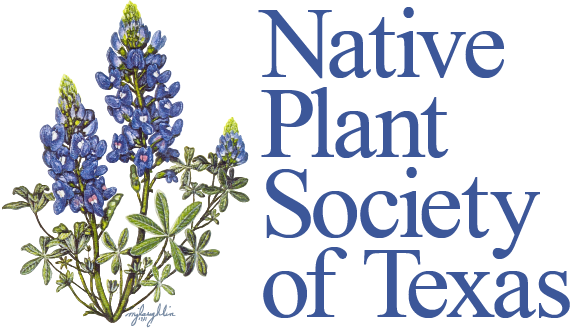Home » Native Plants » Native Plant Database » Acacia angustissima
References

State Office Phone: 830.997.9272
State Office Address:
Native Plant Society of Texas
PO Box 3017
Fredericksburg, TX 78624
Become an important part of a statewide community with over 4,000 members, who are united in our mission to promote Texas native plants!
Native Plant Society of Texas is a 501(3)(c) nonprofit organization This website and all content Copyright © Native Plant Society of Texas. All rights reserved. Content may not be reprinted in whole or in part without written permission. Contact the Webmaster.